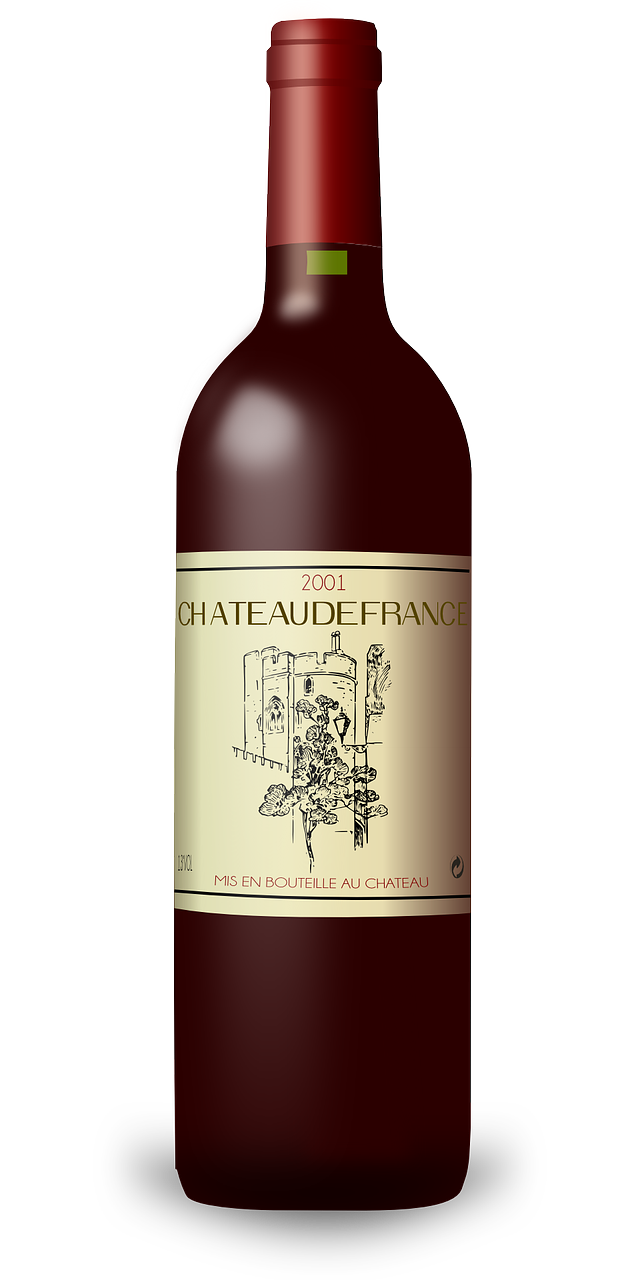Des photos professionnelles
de VOS BOUTEILLES
Besoin de présenter vos bouteilles sur vos brochures, votre site web, vos applications ou pour vos distributeurs ? Envoyez-nous ou déposez vos échantillons, nous réalisons des packshots de bouteilles au meilleur tarif, en haute définition et détourées.
EtOH Agency réalise vos photos de bouteilles dans un processus de haute qualité.
Notre Offre
Notre studio professionnel a été conçu pour réaliser des packshots pour un usage digital : la lumière est toujours la même, les reflets identiques pour obtenir un rendu optimal sur un site web et un détourage parfait. Les prises du recto et du verso sont équivalents au prix du recto !
N’hésitez plus ! Choisissez notre offre Packshot !
Recto-verso
- Nous réalisons automatiquement la prise de photos recto et verso de la bouteille.
Ultra HD
- Nos photographies sont réalisées en ultra haute définition pour un rendu optimal (résolution 4K).
Détourage inclus
- Vos recevez vos clichés automatiquement détourés pour le même prix, en format png en HD.
Conditions tarifaires
A l'unité
Prix dégressifsRecto-Verso
Haute définition
Détourage compris
Pourquoi faire des packshots ?
La seule différence c’est l’image…

Et c’est toute la différence.

Comment ça marche ?
Rendez-vous sur le shop
Choisissez la formule de retour souhaitée.
Expédiez les bouteilles à notre local photo : Digital & Wine – 12 Rue de Skopje – 21000 DIJON. Les frais d’envoi et retour sont à votre charge
Nous réalisons les photographies. Vous recevez les photographies par email dans les 5 jours ouvrés après réception de vos échantillons (sauf cas exceptionnel d’un très grand nombre de bouteilles).
Nous vous adressons les visuels à l’adresse email renseignée et vous renvoyons les bouteilles si vous avez choisi l’option retour
Pas encore convaincu ?


Grâce à notre studio photo, nous réalisons vos photos en haute définition, recto-verso, détourées à prix imbattable. Réservez en ligne, envoyez-nous vos échantillons et vous recevez les clichés haute définition en moins de 5 jours après réception. Fini le casse tête des fiches techniques à refaire chaque année. Fini les packshots hors de prix ou mal éclairés. Finie la diffusion de ces contenus à la demande ! EtOH Agency réalise toutes ces opérations pour vous.
Concernant les photos
La photo de la bouteille est prise en l’état de reception, tout défaut apparent sur la bouteille lors de la livraison sera donc apparent sur le packshot. Si vos bouteilles sont réceptionnées endommagées nous vous contacterons.
A propos des modifications possibles à apporter
Si vous souhaitez des retouches photos (millésimes, traces de colles, etc…) merci de nous contacter pour un devis sur-mesure.
le résultat sera comme sur les photos exemples. Toute retouche pour mise en valeur de tel ou tel élément fera office d’un devis sur mesure.
Déjà plus de 3 000 bouteilles photographiées ! Et vous ?
Déjà plus de 3 000 vins photographiés dans notre Studio, grâce à nos prix et notre process simplifié, nous vous proposons le meilleur rapport qualité – prix. Grâce au packshot, vous pourrez utiliser les photos de vos bouteilles de vin, alcool, spiritueux sur tous vos supports de communication (site e-commerce, catalogue, flyer, plaquette…).
Foire aux Questions
Que comprend le service packshot ?
- Prise de vos photos de bouteilles dans notre Studio
- Livraison de vos clichés par mail en Haute
- Définition, Recto ET Verso,
- Détourage compris
Ce service ne comprend pas :
- Le retour des bouteilles
Comment faire pour récupérer mes bouteilles ?
Si vous souhaitez récupérer vos échantillons, les frais de retours sont à votre charge. Merci de sélectionner le forfait en fonction du nombre de bouteilles que vous nous envoyez. Les frais de retour sont forfaitaires :
- Forfait 1 à 12 bouteilles
- Forfait 13 à 24 bouteilles
- Au delà de 24 bouteilles, vous pouvez nous contacter directement pour une demande de devis personnalisé.
A qui dois-je envoyer mes échantillons ?
Vous pouvez envoyer vos échantillons à l’adresse suivante :
12 RUE DE SKOPJE
21000 DIJON
DU MARDI AU VENDREDI
10h00 – 12h30, 13h30 – 19h
Vous hésitez ?
Décrivez en quelques mots votre projets et laissez nous vos coordonnées.
Nous reviendrons ensemble sur votre besoin afin de vous présenter une solution adaptée.
A très bientôt
Vous pourriez être intéressé par…
Redesign de votre étiquette
Nous pouvons réaliser pour vous vos étiquettes de bouteille sur-mesure.
Prestations à la carte 100% en ligne
Retouche image
Besoin d'une retouche photo ?



Abonnement mensuel illimité
Sans engagement
Chef de projet dédié
1 prestation à la fois
Et bien d’autres !
Photos d'ambiance
Besoin de photos d'ambiance ? Mise en scène ? Photos d'équipe ?



Projets ambitieux sur-mesure
Stratégie
Cahier des charges
Réalisation
Et bien d’autres !











